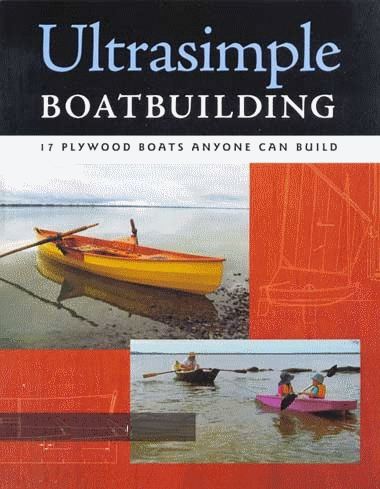I'm using 'ballistic nylon' to skin the frame and then will coat with a urethane two pack to waterproof the skin. It's cold in the UK at present and until the gas heater goes on in my garage workshop, the temperature in there just sits at 4 degrees Celsius. I am hoping this can be used to my advantage as the skin will shrink more (as it is nylon) as the temperature rises, so I am hoping this will result in a tight skin around the frame in most conditions I'm going to be out in.
So far I am pleased with the result and have followed the process below.
To me the symmetry of the frame just looks so good and even artistic in a very practical and traditional sense.
This was a new process for me and having put so much work into the framing I needed some reassurance and a quick confidence booster before I launched into sewing a 'bag' around my nice yellow pine frame architecture. So I emailed Corey Freeman of Skinboats, thinking I would get a reply sometime in the next 24 hours. To my surprise Corey got back to me almost instantly and suggested we talked via Skype. I 'dialled' him up (and felt slightly guilty when he reminded me it was 05:00 hours with him!). Corey talked me through the process and later that morning (last weekend) I spread the cloth out across the boat.
So this is how it went:
Drape the cloth lengthwise centred over the keelson.
Sew a pocket on one end (all the sewing is done using artificial sinew and sail-makers needles). At the stern of the kayak brace your foot on an appropriate deck beam and pull (and mark) the position for the second pocket. Slip the first off and pull the material along to sew the second pocket. Put the first back into position and then for the final time pull as hard as you can to get the second pocked over the stern.
Next turn the kayak over and start gathering up all the waste cloth at the top. Corey explains the process in some detail on his site so I won't try and replicate here. In summary a line of stitching is made along the centre of the deck spaced apart on both sides of the material. By bringing the stitching together the mechanical advantage of the thread stretches the material into place. Off course too much gap between the two tread lines and one ends up with a gap and too little and the material remains slack.
So far so good!
The waste material is then cut off (using a hot knife to seal the nylon) and allowing enough left to fold over and form a seam.
I'm getting old by this stage and need to put my glasses on for the second 17' of close stitching!
Both the bow and stern are tidied up with a cross stitch around the rolled material.
Finally the frame is sewn into place. The strap is to bend it down and once the skin is laced to the coaming, the wood will spring up and tighten the cloth around the cockpit area of the deck.
Again the cloth is trimmed with the hot knife around the inside of the cockpit.
Before lacing, the material is positioned in place all around the inside of the coaming with spring clamps.
A kayak finally emerges from a cloth bag!
































